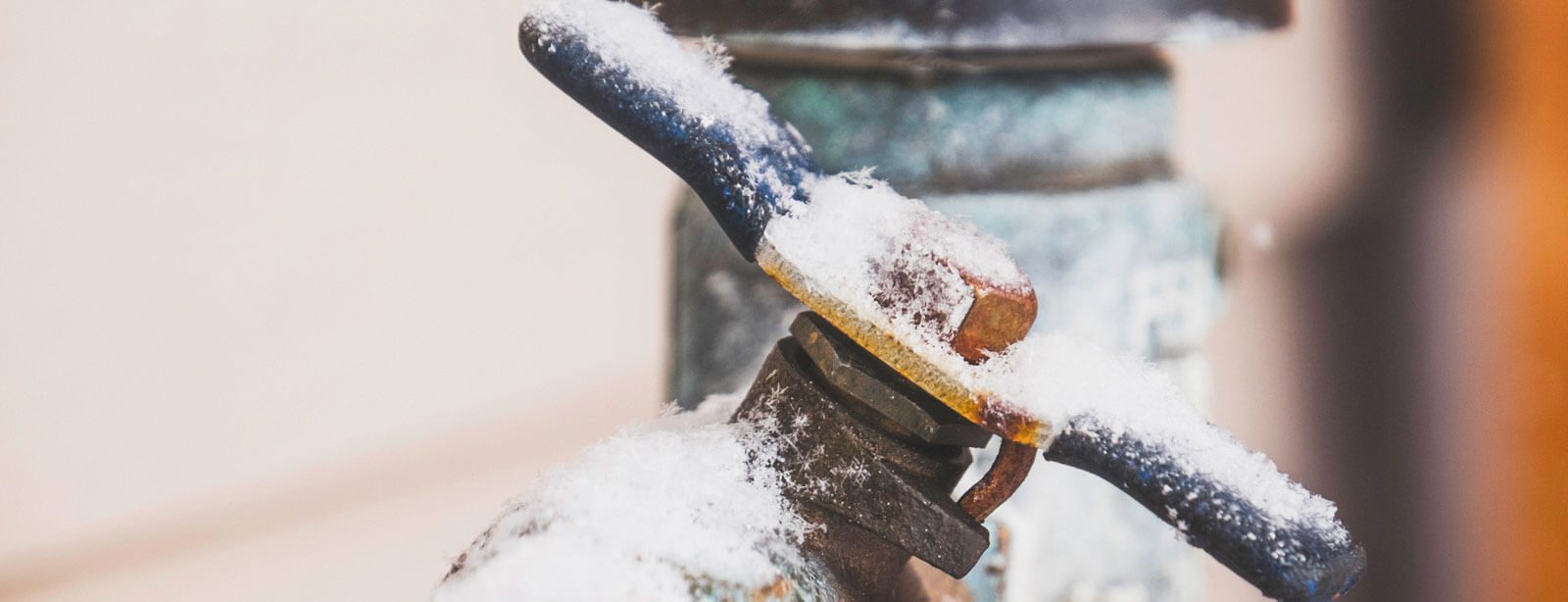Preventing Pipes from Freezing: Best Methods
Preventing Pipes from Freezing: Best Methods
Blog Article
Each person has got their personal idea when it comes to Preventing and dealing with frozen pipes.

Winter can ruin your plumbing, especially by freezing pipes. Below's exactly how to avoid it from taking place and what to do if it does.
Introduction
As temperatures decrease, the risk of frozen pipelines increases, possibly causing expensive repair services and water damage. Understanding just how to avoid icy pipes is vital for property owners in cold environments.
Recognizing Icy Pipelines
What creates pipelines to ice up?
Pipelines freeze when exposed to temperatures listed below 32 ° F (0 ° C) for prolonged periods. As water inside the pipes freezes, it increases, taxing the pipe wall surfaces and possibly creating them to rupture.
Threats and damages
Frozen pipes can lead to water interruptions, building damages, and costly repairs. Burst pipes can flooding homes and cause extensive architectural damages.
Signs of Frozen Water Lines
Determining icy pipelines early can stop them from bursting.
Exactly how to determine frozen pipelines
Look for reduced water circulation from faucets, uncommon odors or noises from pipelines, and noticeable frost on subjected pipelines.
Prevention Tips
Protecting susceptible pipelines
Cover pipelines in insulation sleeves or use heat tape to secure them from freezing temperatures. Focus on pipelines in unheated or exterior areas of the home.
Heating methods
Maintain interior spaces adequately heated, specifically areas with plumbing. Open closet doors to allow warm air to circulate around pipes under sinks.
Shielding Exterior Pipes
Yard pipes and outdoor taps
Disconnect and drain garden pipes before winter. Install frost-proof faucets or cover exterior taps with insulated caps.
What to Do If Your Pipelines Freeze
Immediate actions to take
If you think frozen pipelines, maintain faucets open to ease pressure as the ice melts. Use a hairdryer or towels taken in hot water to thaw pipes slowly.
Long-Term Solutions
Architectural adjustments
Take into consideration rerouting pipes far from exterior wall surfaces or unheated locations. Include extra insulation to attics, basements, and crawl spaces.
Updating insulation
Buy high-grade insulation for pipelines, attics, and wall surfaces. Correct insulation helps maintain consistent temperatures and lowers the threat of frozen pipes.
Conclusion
Avoiding icy pipelines calls for aggressive procedures and fast reactions. By understanding the causes, indications, and safety nets, house owners can secure their plumbing throughout cold weather.
6 Proven Ways to Prevent Frozen Pipes and Protect Your Home
Disconnect and Drain Garden Hoses
Before winter arrives, start by disconnecting your garden hoses and draining any remaining water. Close the shut-off valves that supply outdoor hose bibs and leave the outdoor faucet open to allow any residual water to drain. For extra protection, consider using faucet covers throughout the colder months. It’s also important to drain water from any sprinkler supply lines following the manufacturer’s directions.
Insulate Exposed Pipes
Insulating your pipes is an effective way to prevent freezing. Pipe insulation is readily available at home improvement stores and is relatively inexpensive. Pay close attention to pipes in unheated areas such as the attic, basement, crawl spaces, or garage. Apply foam insulation generously to create a buffer against the cold. You can also wrap your pipes in heat tape or thermostat-controlled heat cables for added warmth.
Seal Air Leaks
Inspect your home for any cracks or openings that could let in cold air. Seal any holes around the piping in interior or exterior walls, as well as the sill plates where your home rests on its foundation. Additionally, make sure to keep your garage door closed unless you’re entering or exiting. Leaving it open creates a significant air leak that can lead to frozen pipes.
Allow Warm Air Circulation
During cold snaps, it’s essential to allow warm air to circulate evenly throughout your home. Leave interior doors ajar to promote better airflow. Open kitchen and bathroom cabinets to help distribute heat consistently around the rooms. If you have small children or pets, be sure to remove any household chemicals or potentially harmful cleaners from open cabinets for safety.
Let Faucets Drip
A small trickle of water can make a big difference in preventing ice formation inside your pipes. When temperatures drop significantly, start a drip of water from all faucets served by exposed pipes. This continuous flow helps prevent the water from freezing. Additionally, running a few faucets slightly can relieve pressure inside the pipes, reducing the chances of a rupture if the water inside does freeze.
https://choateshvac.com/6-proven-ways-to-prevent-frozen-pipes-and-protect-your-home/

I hope you enjoyed reading our section about Prevent Frozen Pipes . Many thanks for taking a few minutes to read our blog. Are you aware of somebody who is excited by the niche? Do not hesitate to share it. Kudos for being here. Kindly stop by our site back soon.
Request Service Report this page